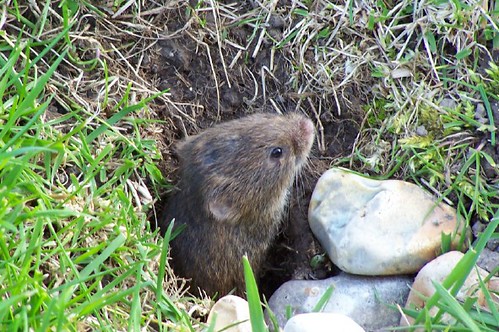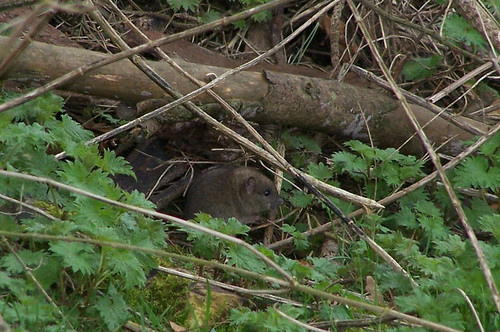What's been at my frying pan?
- Thread starter Wayland
- Start date
-
Come along to the amazing Summer Moot (21st July - 2nd August), a festival of bushcrafting and camping in a beautiful woodland PLEASE CLICK HERE for more information.
You are using an out of date browser. It may not display this or other websites correctly.
You should upgrade or use an alternative browser.
You should upgrade or use an alternative browser.
SWMBLT pointed out that there's no whisker marks, damn intuitive of her i thought.
cheers
stuart
cheers
stuart
Is no a Rat Mr Fawlty!
Did it come with biscuits
[video=youtube;K_q4S7lZeik]http://www.youtube.com/watch?v=K_q4S7lZeik&feature=channel[/video]
I can see why folks say rat because those incisor marks are big. But lets not forget it's soft and the marks are deep. The first picture is the most useful, how bit is that handle hinge? I would say Mouse if it's about 3cm or less but Rat if bigger. Mouse poo could be confused with black rice or rotten/burned grain. Rat poo is bigger.
Well I think you've all had time to have a go.
This is what Jonathan had to say about it in a PM about it.
I must say I am inclined to agree as I saw one about as well.
This is what Jonathan had to say about it in a PM about it.
It does look like teeth on that lower area. On the other pic the lines looked very fine like scratch marks, but this bigger pic rules that out. A squirrel and rat are big enough to eat the fat from over the lip and would have avoided going into the pan. The teeth marks are too small for that anyway. A mouse would more than likely have left a tail print and whisker marks.. so it points to a short tailed vole. There were loads around the area, I saw two running around by our site the previous night. It's a great bit of sign though.
I must say I am inclined to agree as I saw one about as well.
The nose on a vole is much more blunt than a mouse too. A mouse would certainly have left signs of its snout in the deeper parts of the fat. They are definately the incisor marks of a rodent, so we can safely rule out hedgehogs, shrews, stoats, weasels and moles. The angle of the animal as it was feeding also adds weight to the vole theory, and the little paw prints confirm it. The lack of any tail mark is significant as a mouse would have used its tail for stability within the pan.
Flipping things lived in both my gardens (last and current ones) and often amuse me (as well as feeding the owl population), so I've seen their sign many a time. I'm more familiar with bank voles than short tailed ones - cute little fuzzies
 Vole by British Red, on Flickr
Vole by British Red, on Flickr
Think this one is a short tail though
 Short Tailed Vole by British Red, on Flickr
Short Tailed Vole by British Red, on Flickr
Great photos - fascinating to see
 Vole by British Red, on Flickr
Vole by British Red, on FlickrThink this one is a short tail though
 Short Tailed Vole by British Red, on Flickr
Short Tailed Vole by British Red, on FlickrGreat photos - fascinating to see
Similar threads
- Replies
- 20
- Views
- 4K
- Replies
- 8
- Views
- 3K
